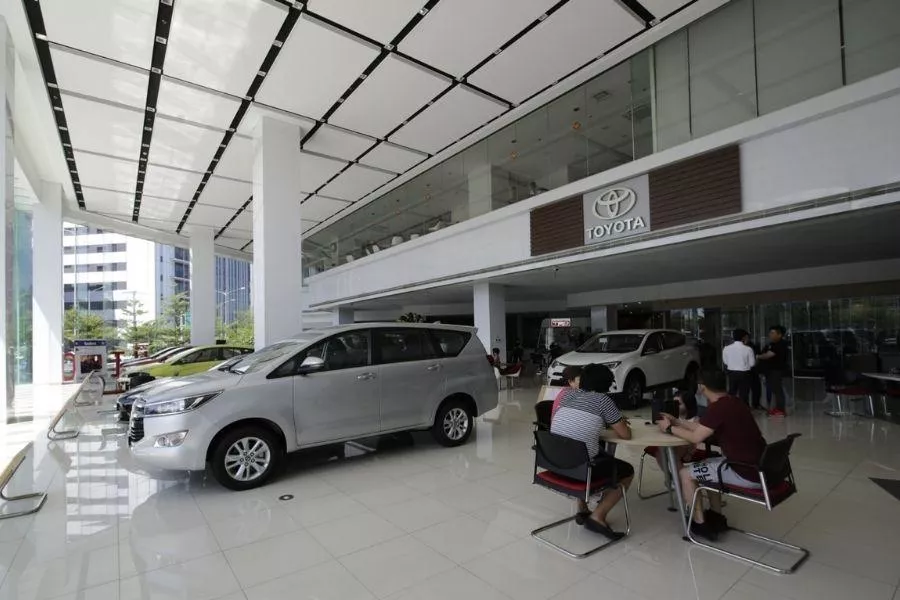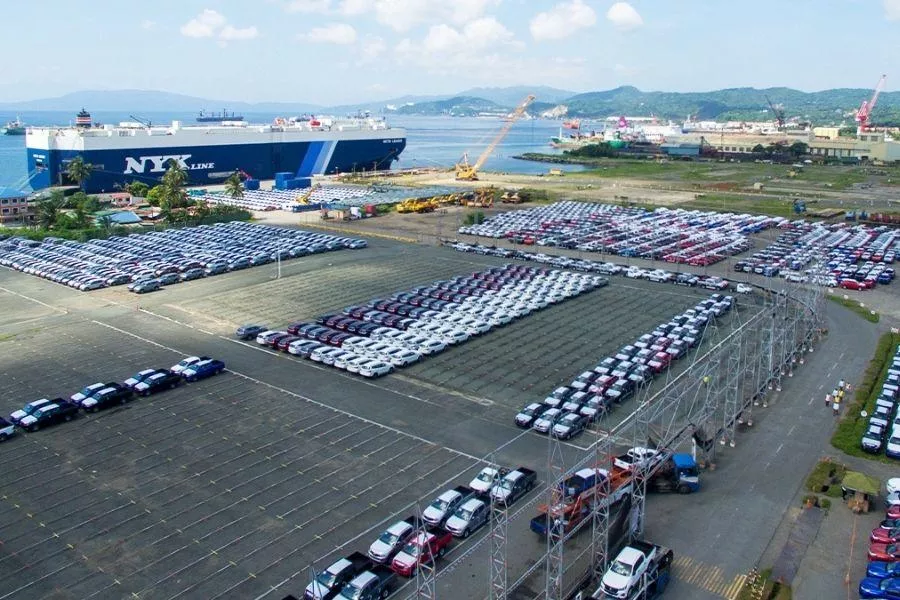Before you finally take delivery of a new car (or pick it up from the dealership), you’ll probably have a mental image in your head about how smooth it rides down your favorite stretch of highway. You might even fancy that it’s comfortable enough to cradle your sleeping passengers even as you have the view all to yourself.

Dealerships do tend to deliver their cars with overinflated tires
The first time you drive your new wheels around might jolt you into reality, with the slightest bump or pothole producing unsettling noises in the car’s interior. Far from the sublime ride quality you were expecting, you could end up getting a sore back after alighting from the driver’s seat. Before you suspect something wrong with the suspension system, there might be a more likely culprit: overinflated tires.
Most new customers notice that new cars tend to have stiff rides coming out of the dealership, and these are mainly due to a bit more tire pressure than they’re accustomed to. But why is that?
If we talk about imported cars, automakers normally overinflate the tires prior to shipping to help prevent flat spots from forming on the rubber. This takes into consideration the differences in temperature and ambient air pressure that occur in the vehicle’s surroundings. Remember that the car sits for days inside the plant or the stockyard before being loaded onto the ship. And then there’s the journey itself, which could take days or weeks before the vessel arrives at the port of call.

New vehicles usually spend some time in stockyards before they're sent to dealerships to be purchased
It’s more or less the same with vehicles that are locally assembled, since they’re not usually bought immediately after rolling off the assembly line. They’ll still be part of a dealer’s inventory for some time before they’re finally purchased by an interested customer.
The dealership should typically deflate the tires to the recommended air pressure as part of the pre-delivery inspection, but it looks like many dealerships skip this step. If you feel that your new car’s ride quality shouldn’t be that jarring, you can adjust the tire pressure to your liking, as long as it isn’t too low.
Find more tips for beginner car owners at Philkotse.com.
Recent posts
- brand-new or secondhand cars Oct 20, 2022
- Car Tires information what to buy Philippines Aug 18, 2023
- All you need to know about the car's suspension system Dec 23, 2020
- 6 common symtoms of a car's suspension system problems Oct 22, 2020











